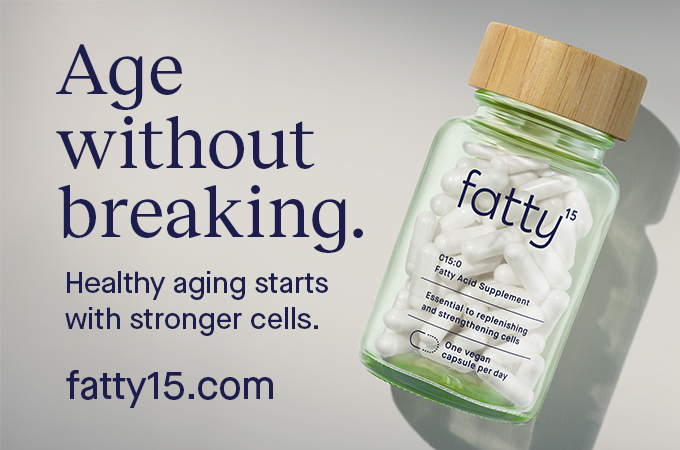BLOG: Dr Sharyn Wynters, Naturopath
Formaldehyde
Formaldehyde is a chemical found in virtually all indoor environments. It is used in everything from carpets, furniture, and permanent-press fabrics to construction and building materials (paneling, isulation foam, and pressed wood products). It is present in shampoo and many paper products, including facial tissues, grocery bags, and paper towels, because it is used in the paper processing industry. Urea-formaldehyde resins are used as stiffeners, wrinkle resisters, water repellents, fire retardants, and adhesive binders in floor coverings, carpet backings, and permanent-press clothing.
Formaldehyde irritates the mucous membranes of the eyes, nose, and throat. It is also a highly reactive chemical that combines with protien and can cause skin irritation and allergic contact dermititis. The most widely reported symptoms from exposure to formaldehyde include headaches and eye irritation. Until recently, the most serious disease attributed to formaldehyde was asthma. However, recent research reports that long term exposure to formaldehyde is strongly suspected of causing cancer and birth defects.
When purchasing carpet, floor coverings, furniture, or drapes, avoid those that outgas formaldehyde. These include fabrics with stain repellents, brominated flame retardants, and permanent-press treatments. Select carpets and furniture that are made of natural, untreated fibers. If you are moving into a new home or if you have recently redecorated, consider airing out your home for several weeks before you inhabit the residence. Especially avoid recarpeting while pregnant; formaldehyde is suspected of being a reproductive toxin that can damamge the developing fetus. This should also be a consideration when carpeting a room for a new baby. Infants are especially vulnerable to formaldehyde and other reproductive toxins.
Even clothing contains fabric finishes that will outgas formaldehyde. Some fabric finishes can be reduced by washing, but many are intended to remain in the fabric for the life of the clothing. When purchasing clothing, look for natural, organic fibers. These will contain fewer (if any) chemicals and they will support a more natural living environment.
Exerpted from "Survive! A Family Guide to Thriving in a Toxic World" By Sharyn Wynters, ND and Burton Goldberg, LHD.Sharyn Wynters is a naturopath with over 30 years of experience in health and wellness. Her book provides descriptions of areas of concern regarding toxins, offers suggestions for healthier solutions and provides lists of products and companies that provide safer alternatives. For more information on lead and other toxins, check out Dr. Wynter’s book Survive: A Family Guide to Thriving in a Toxic World. http://www.cancerschmancer.org/promo/survive-family-guide-thriving-toxic...






















